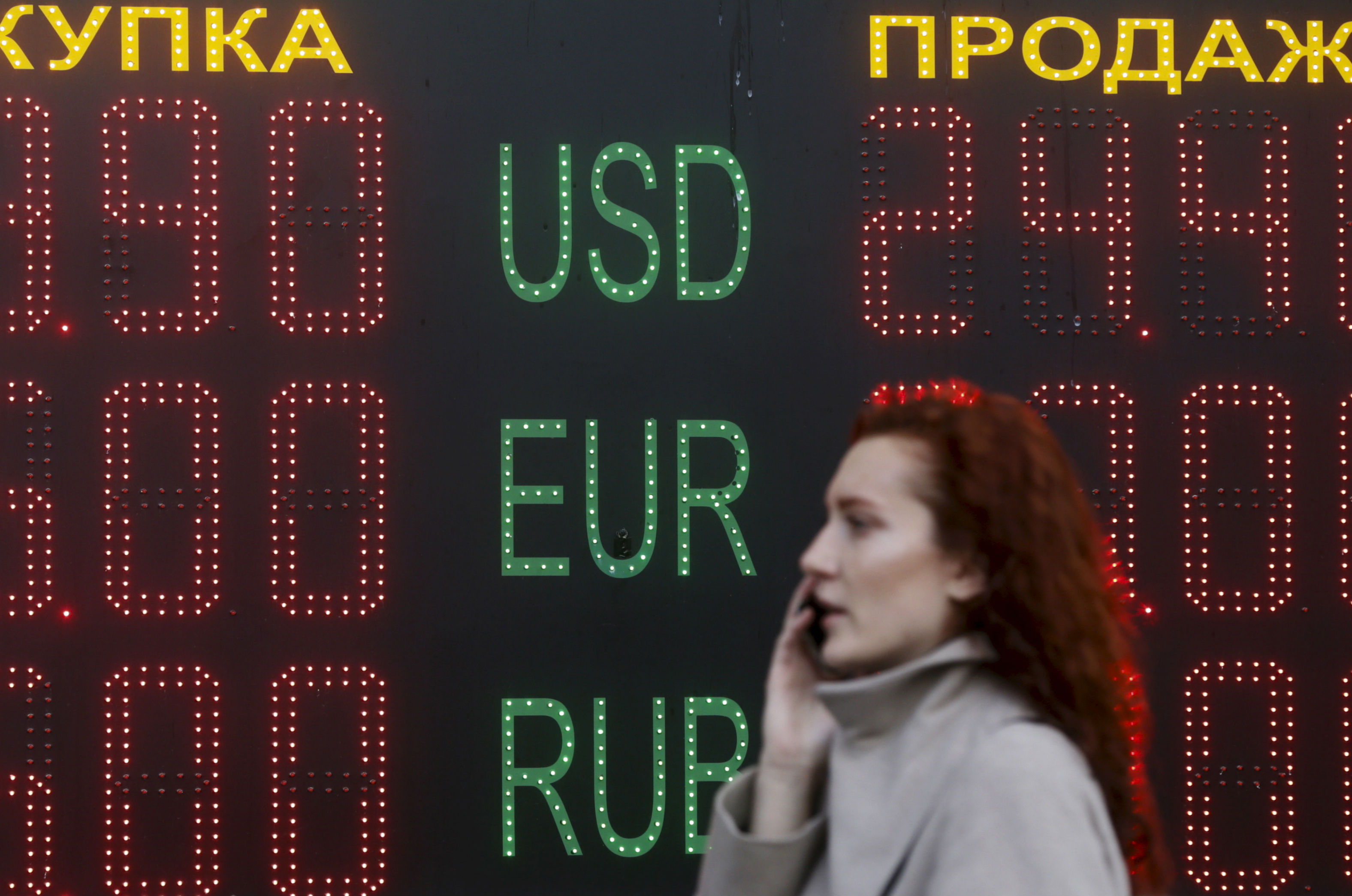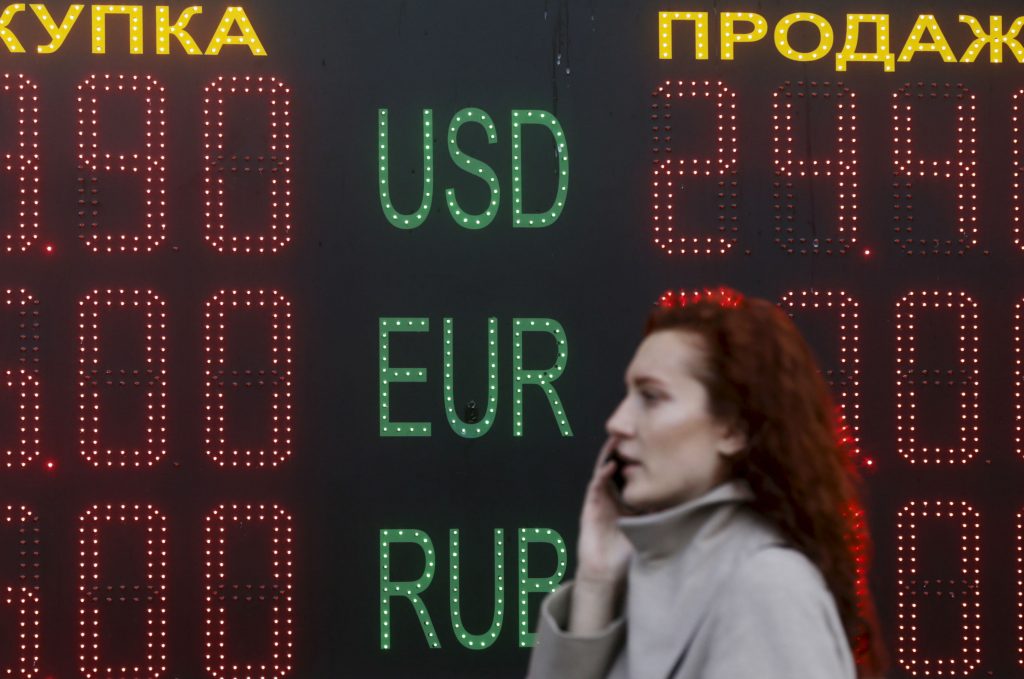 Two major risks are clouding Ukraine’s economy and holding back investment and economic growth.
Two major risks are clouding Ukraine’s economy and holding back investment and economic growth.
One of them is politics. In 2019, the country will hold both presidential and parliamentary elections, in the spring and autumn, respectively. These will be the second elections since the 2014 revolution, and their outcomes will determine whether the country continues on its current course of modernization and integration with the West, or whether it will slide back into stagnation.
With such high stakes, it is no wonder that most investors are cautious and prefer to wait for the elections’ results before investing their money in the Ukrainian economy. This is clearly illustrated by a recent survey of investors conducted by Dragon Capital, the European Business Association, and the Center for Economic Strategy: 28 percent of investors think now is the optimal time to invest, while 64 percent prefer to wait until after the elections. These results are true for both strategic and portfolio investors. Investment is the primary driver of economic growth in Ukraine: if investors become cautious and adopt a “wait and see” approach, this will slow down growth.
The second major risk overhanging the economy and discouraging investment is the period of peak foreign debt payments that Ukraine is currently going through. This period will last for three years, 2018-2020, during which Ukraine will have to pay almost $20 billion on its foreign currency denominated debt. Considering the already precarious debt position of the country (its gross government and government-guaranteed debt amounts to 72 percent of GDP), more large debt payments constitute a major risk to macroeconomic stability and leave the authorities little room for mistakes in economic policy. This translates into elevated risk for investors, which subsequently depresses investment and economic growth.
Yet despite these two major risks, Ukraine’s economy is demonstrating a surprisingly resilient upward trajectory. GDP growth is approaching the important threshold of 4 percent per year: macroeconomic forecasts predict the economy will grow by 3.5 percent in 2018, up from 2.5 percent in 2017. The share of investment in GDP is reaching 17-18 percent, according to recent estimates, up from 13 percent in 2015. The level of investment consistent with high and sustainable economic growth is approximately 20 percent of GDP, while anything above 25 percent of GDP can be considered a sign of a booming economy. For Ukraine, which has for years suffered from chronic underinvestment, this is especially important.
Thus, despite the challenges and risks it faces, the Ukrainian economy is steadily, if slowly, approaching the thresholds of investment and economic growth consistent with fast economic development. If maintained, these levels would allow Ukraine to start catching up with its EU neighbors.
And in fact, both of the major risks described above—the uncertainty around the 2019 elections and the period of peak debt payments—are temporary. If the 2019 elections do not result in a major change of political course and the country’s modernization and integration with the West continue, then by 2020 political uncertainty will largely cease to be an issue for investors. In the same manner, if Ukraine stays on course with its conservative fiscal policy and continues its cooperation with the IMF, it will be able to successfully navigate the peak debt period in 2018-2020, which means that by 2021 the macroeconomic risks will also subside.
It is only logical to assume that the elimination of two major risks would lead to a surge in investment and, consequently, economic growth. We could reasonably expect GDP growth rates of 5-7 percent per year and a level of investment at or above 25 percent of GDP, which would by all accounts constitute a booming economy.
These assumptions are strengthened by the fact that Ukraine still has opportunities to quickly attract additional investment.
The biggest of these is opening up the land market, which remains closed due to a ban on sales of agricultural land. For such a major agricultural producer as Ukraine, lifting this ban would be an easy way to quickly attract investment into agricultural and food processing industries. It is no wonder that the elimination of the land sales ban remains a top priority both for international financial institutions and local pro-reform political actors.
Another opportunity to quickly attract investment is privatization. Despite impressive achievements in several economic reforms after 2014, until recently Ukraine failed to start privatizing its state-owned enterprises. This has begun to change in 2018 with the start of privatization of small state-owned enterprises (SOEs) through the innovative electronic Prozorro.Sale system. Yet it is the privatization of large SOEs that can help attract large-scale investment.
If these two reforms are implemented by 2021, they would further boost investment and growth in Ukraine. Combined with the moderation of political and macroeconomic risks, this would provide a solid basis for the country to achieve fast economic development and finally begin to catch up with its EU peers.
Ivan Miklos is chairman of the Strategic Advisory Group for Supporting Ukrainian Reforms (SAGSUR). Pavlo Kukhta is deputy chairman of SAGSUR.
Image: A woman walks past a board showing currency exchange rates of the U.S. dollar, euro and Russian rouble (top-bottom) against Ukrainian hryvnia in central Kyiv, Ukraine November 4, 2015.. REUTERS/Valentyn Ogirenko

